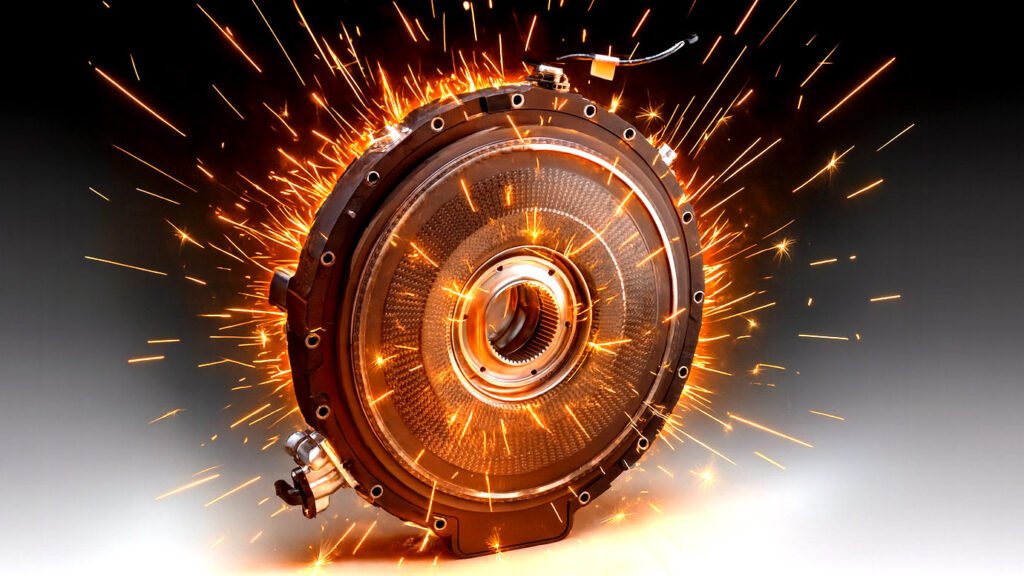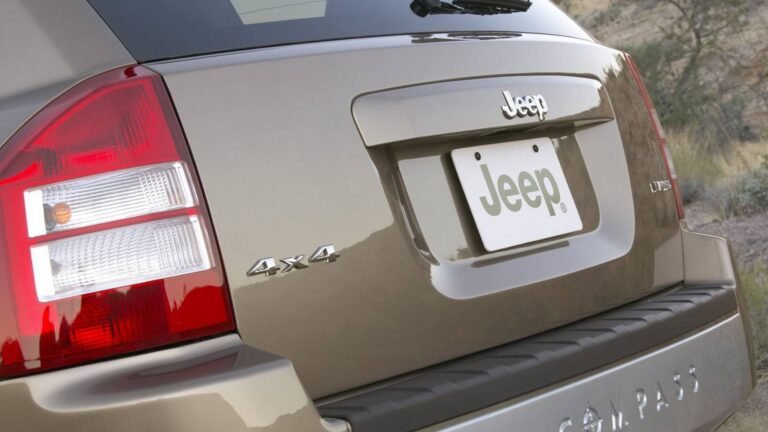

- Yasa breaks world record with electric motor producing an incredible 59 kW per kg.
- 13 kg / 28 lb prototype motor delivers up to 1,006 hp and uses no exotic materials.
- Breakthrough axial-flux design triples the performance density of most rival motors.
Electric motors may not look like much, as they’re mostly lumps of metal and wires, but the right one can transform how a n EV feels, just like the right set of boring-looking tires can. And Yasa’s new record-busting motor could revolutionize EV performance.
The UK-based firm, which is owned by Mercedes-Benz that plans to use these motors on its next-gen vehicles like the AMG super sedan, has shattered its own world record for power density, pushing output to an astonishing 59 kW (79 hp) per kilogram.
Don’t speak metric? That’s 35 hp (29 kW) per pound, and represents a big jump over the previous record of 26 hp (19 kW) per pound or 42 kW (56 hp) per kg set by Yasa earlier in the summer.
Related: The Baby AMG EV Just Got Real With Three Motors And A Secret Weapon

Small Motor, Massive Output
Specific output is one thing, but what about the total possible output? The new motor weighs a tiny 12.7 kg (28 lb) yet produces a short-term peak rating of 750 kW, or 1,006 hp (1,020 PS). That’s pretty amazing.
And though continuous output is said to be much lower it’s still big by conventional single-motor standards and achievable with a much smaller weight penalty. Yasa talks about a steady 350-400 kW (469-604 hp / 476-612 PS), and from one 28 lb motor, remember.
What’s even more exciting is this isn’t a theoretical computer model. Yasa says the record-breaker is a fully functional prototype generating power on the test bench right now, and built using scalable manufacturing technology and no exotic materials.
That’s critical, because it means this is technology that could one day find its way into production cars rather than staying locked away in a lab.

Founder and CTO Tim Woolmer called the achievement “a major validation” of Yasa’s next-generation axial-flux motor design, which differs from conventional radial units by using thinner, disc-shaped rotors that can deliver more torque and power for a given mass.
“This isn’t a concept on a screen,” Woolmer said. “It’s running, right now, on the dynos.”
Mercedes bought out Yasa in 2021 and will use the Oxfordshire company’s axial flux electric motor technology on its upcoming flagship super-sedan and SUV.



